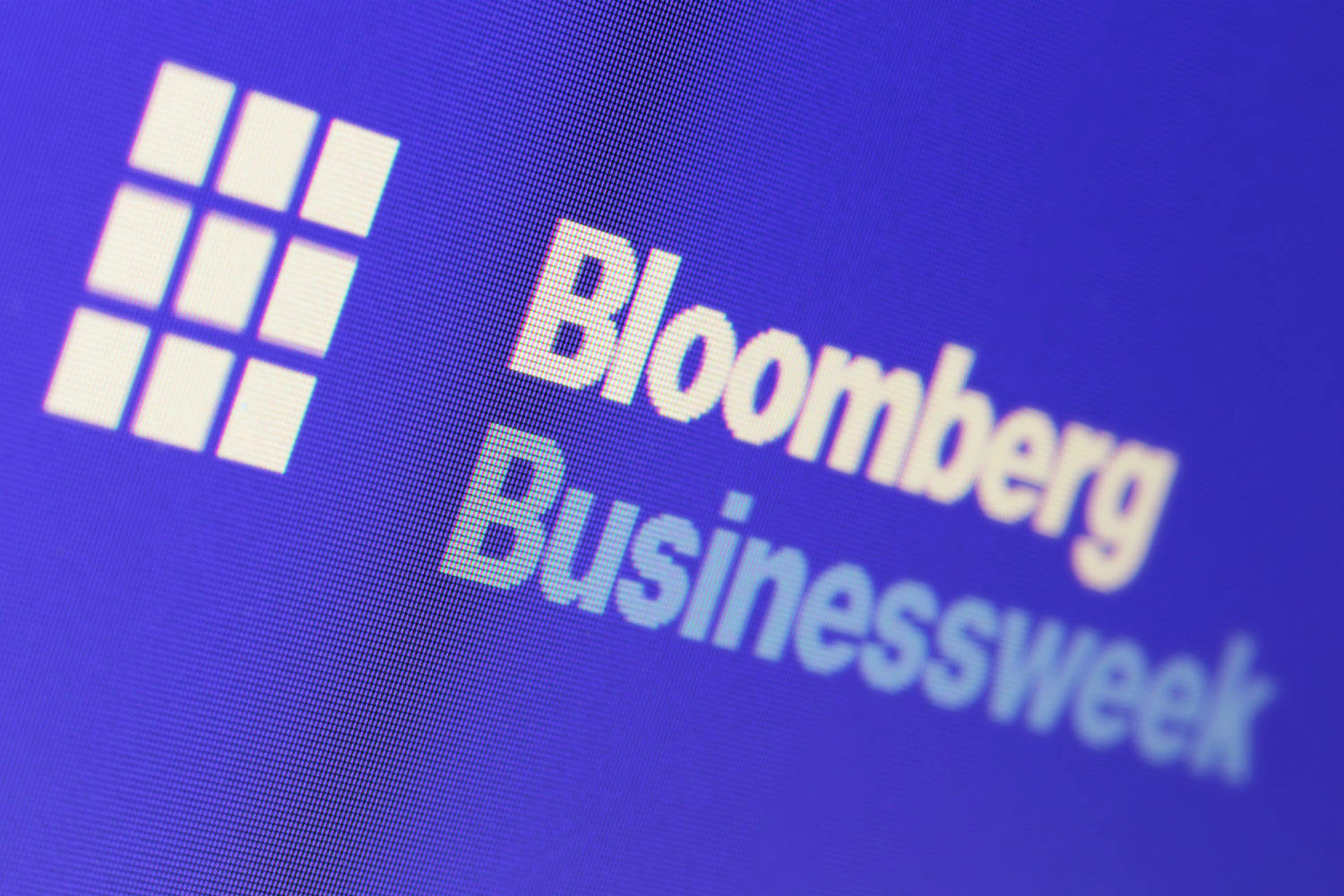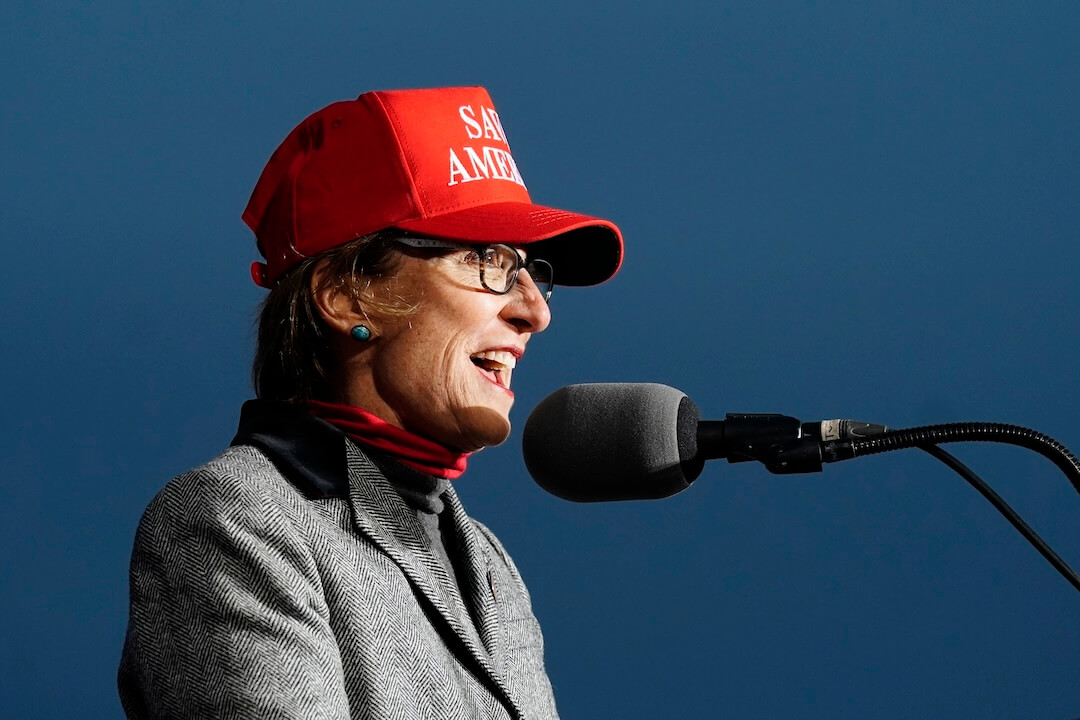Most print-based media — newspapers and magazines — have been struggling for at least a decade to pick up the pace of digital transformation. Just as momentum was building, two years of COVID-19 and the accompanying downturn interrupted revenue progress as many advertisers pulled back.
Not so at Bloomberg Media, whose best-known holding is Bloomberg Businessweek. The company announced some eye-popping 2021 results last week:
- Total revenue is up 48% year to year.
- Total advertising is up 66%.
- Digital subscription revenue is up 58% and the number of subscriptions is up from about 250,000 to about 370,000.
Newer product lines like Quicktake, a streaming news video service, and newer markets like the Middle East grew even faster. And with the exception of print advertising and events, which are still bouncing back from numerous in-person cancellations, last year’s growth followed a strong 2020 with overall revenue growth of 42%.
The privately held company declined to provide revenue numbers (though Axios reported in early 2021 that an internal memo reported a target of $100 million for digital subscriptions for the year). Nor does it discuss profitability. But it did provide an answer to the obvious question: How was that level of growth achieved?
It is not that the company was early in switching to paid digital subscriptions. A metered paywall went up just three years ago. The price is $415 a year, compared to $99 a year for the 50-times-a-year weekly print magazine or $475 for both. That flips the typical newspaper model in which a print subscription with digital access is much more expensive than a digital subscription alone.
The relatively high digital price makes sense mainly because Bloomberg has developed a full array of digital products and regularly adds new ones. In 2020, it launched a climate and sustainability vertical (Bloomberg Green) and, in 2021, Bloomberg Equality, focused on diversity, equity and inclusion issues.
In 2019, it started a personal wealth vertical and acquired CityLab from The Atlantic, plus it has focused content areas on crypto, health care, automotive, luxury and entertainment.
Digital subscribers also get access to the growing video services, including a streaming service.
The digital side deploys introductory offers (currently $1.99 a month for three months) with frequent adjustment and experimentation. However, Bloomberg does not appear to be inflating digital growth numbers with deep discounts — revenue and subscription numbers grew at roughly the same rate in 2021. As I have written, several chain newspapers are not maintaining that balance, with the number of subscriptions growing much faster than revenue.
Like The New York Times, Bloomberg Media is steadily moving past a national market into an international one.
Scott Havens, who became CEO in January after Justin Smith departed to start a new venture, wrote to me in an email that “there isn’t a pressing need to alter our course.” So, going forward, innovation means finding opportunities for video growth and inventing still more verticals.
“The type and quality of business reporting and information that we provide to global executives gives Bloomberg a business advantage,” Havens said. “Our offering is a ‘must have’ versus a ‘nice to have.’” The big picture goal is to reach “diverse generations from rising professionals to established leaders and cut across all segments of society.”
Havens and Smith came as a team eight years ago, having worked in tandem running Atlantic Media before Bloomberg. So it is unsurprising that a new CEO means continuity, not striking out in a different direction.
There have been two landmark events in Bloomberg Media’s development. Bloomberg had a scattering of story content for 20 years, even as the base of its business was the financial industry data terminals that made Michael Bloomberg his $50 billion fortune.
To get much bigger quickly in the news space, Bloomberg bought Businessweek for a pittance in 2009. The venerable title was bleeding money like many magazines post-recession but still carried the sort of brand recognition clout that would get a reporter’s calls returned in Washington.
Then, in 2014, Michael Bloomberg, having completed 12 years as mayor of New York, returned to his namesake company. His homecoming roughly coincided with the appointment of Smith, who, in turn, hired Havens.
Soon after he started, in March 2014, Smith published a lengthy strategy manifesto, remarkable for how closely it fits what Bloomberg is doing eight years later. He wrote:
As our traditional competitors buckle under their own legacy weight, we are unencumbered, benefiting from a series of unique corporate advantages: the Bloomberg business model; our owner’s insistence on long-term perspective; a culture of disruption; and an established tradition of high-quality journalism.
Seizing this opportunity will require long-term investment and a large appetite for transformation, risk, as well as a tolerance for intermittent failure. But the Bloomberg culture, long defined by urgency, entrepreneurship and adaptability provides a great foundation for this work.
The note goes on to define “six big steps” needed, including a broadened audience, launching new digital destinations, digital video innovation and growing a global TV business. The last two steps involve print — content and design. This looks to me to be a soft spot in Bloomberg Media’s success story.
Nothing obvious is wrong with the story selection or execution. However, with four editors in the last eight years, you can infer management has not been satisfied with the editorial formula.
By my count, the 72-page Feb. 14 issue had six pages of paid ads, and a few more house ads and remainders.
A distinctive “playful” design has stayed unchanged for years now.
Print circulation, meanwhile, has fallen from close to 1 million in 2012 to 316,000 at the end of last year. Which is to say that Bloomberg Businessweek faces a typical set of print magazine downers — not just soft advertising but also rising postal and paper costs and vanishing single-copy newsstand sales.
The enterprise is obviously helped by its potent parent. Besides corporate culture, being private with access to interest-free capital for expansion means never getting into a draining debt cycle. And the mothership can absorb operating losses that peaked at $60 million at the time of the sale and have fallen only slowly.
My takeaway is that Bloomberg Media, for all its distinctive elements, serves as an example of the benefit of fighting the digital wars on many fronts at once, along with having a sound guiding strategy and patiently sticking to it.
Correction: Michael Bloomberg was mayor of New York for 12 years. We regret shortening his tenure. In addition, the outlet had four editors in the last eight years. We also updated to clarify that the $100 million revenue target was for digital subscriptions.








I used to be BB subscriber for many years, but when Mark Cuban launched BizToc, I moved over for my daily news fix and never looked back.